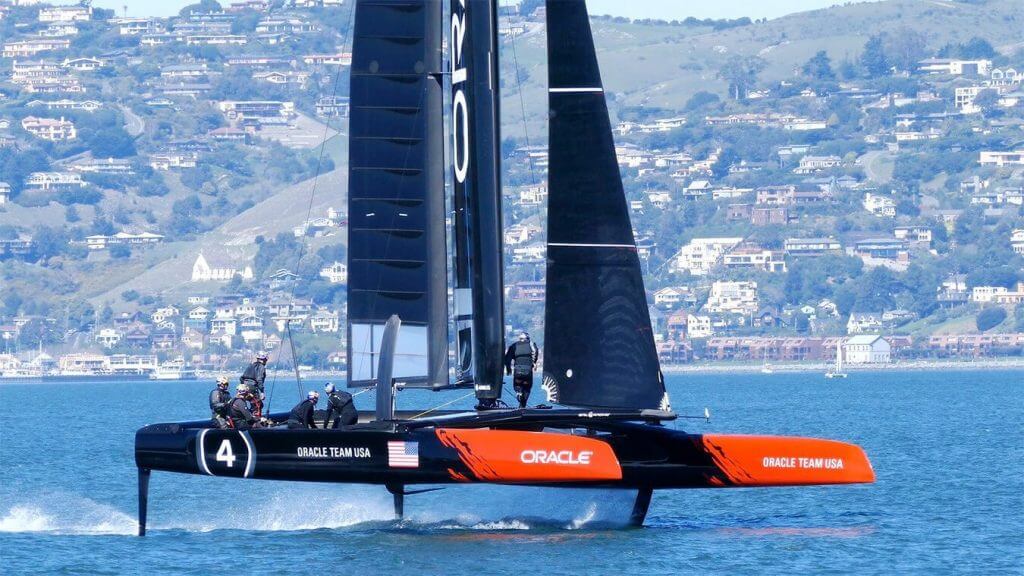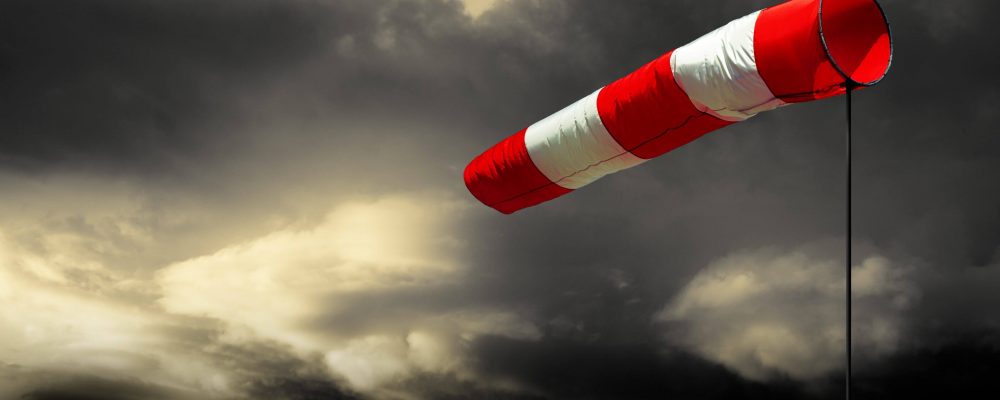Ever wonder how a company, armed with basically the same products, seems to rise to a different level in what is clearly a crowded and homogenized market? While the core of their business might be the same as everyone else’s and they ebb and flow with the same economic winds and conditions, their business grows while others struggle.
In the past 5 years, we have seen many new marketing organizations and carriers rise from obscurity to the top of the production scoreboards, while their competitors seemed to idly stand by.
Jim Rohn, one of my favorite quotable speakers of all time, said, “It’s not the blowing of the wind that determines your destination. It is the set of the sail. The same wind blows on us all: The wind of disaster, the wind of opportunity, the wind of change, the favorable wind and the unfavorable wind. The difference of where you will arrive in 1 year, 2 years or even 5 is not the blowing of the wind; it is the set of the sail.”
As a marketing company or insurance carrier, how have you set your sail when it comes to your marketing? Carriers and marketing organizations are in a battle fighting for the same producers, in the same interest rate climate, subject to the same rules and the same ups and downs of the economy.
We live and operate in a hypercompetitive marketplace, where our competitors share striking similarities. In fact, they are so similar, it’s hard to tell one company from another by visiting their website or even speaking directly with the owners and founders. If you look at the companies that are achieving cosmic growth, you get a different story. They have set a firm direction, adjusted their sails and followed a defined path.
In an interview with business consultant Stephen Harvill for an article in InsuranceNewsNet Magazine, we discussed innovation in a sea of sameness. I met Steven at LIMRA’s Marketing & Research meeting in Boston, where he spoke on how companies he consults with, such as Apple and Disney, innovate and develop ideas.
I asked him about the “same wind blows” concept that he writes about and he said, “Think back to 1470, where a young explorer from the tiny country of Portugal set sail into the unknown with the goal of sailing around the world, a world that most believed to be flat. Magellan had the same type of boats that the powers of Europe had, the same boats that England, France, Italy and Spain had sitting in their ports. The same wind was blowing for each and every one of them. The difference? Well, the difference was that Magellan set his sails. He pointed them strategically with the wind that, for all he knew, was sending him to an abyss as dark as a moonless night.”
The idea of setting your sails in a unique and impactful direction is one of the keys to succeeding and thriving in difficult times, especially while your competition is asleep at the wheel (Hint: Most of your competition still is). It’s about consistently marketing, positioning and then repositioning to cater to the ever-changing market that we live in. Too often companies spend too much time drawing fancy maps and not enough time with their sails at full mast communicating their big idea and sailing full speed ahead. It starts with setting a course and sticking to it regardless of the wind and storms. And when it gets tough, remember your competition is fighting for survival and facing the same wind as you. The difference is in how you will react to the wind.
Are you riding the market or letting the market determine your direction? Remember, it’s the same wind for everyone; it’s only a matter of how you set your sails.
Since 1851, sailing teams have competed for the illustrious America’s Cup. Most people don’t realize the innovation, challenges and lawsuits that have occurred in the 163 years of this event. Perhaps the most famous of our lifetime is the battle over wing-sail catamarans.
Unlike their single hull counterparts, catamarans can sail at speeds up to 2.79 times faster than the wind. With hydrofoil capabilities and cutting-edge minimal sail design, the AC72 catamaran has been clocked at speeds up to 47.57 knots (88 km/h, 55 mph). Compared with Ted Turner’s winner, Courageous, in 1977 with a top speed of about 14 knots, there is no matching the wind-maximizing design of today’s America’s Cup boats.


